As we head into 2026, home design seems to be tilting toward warmth, depth, and color palettes with personality. Neutrals are still present, but they are no longer just beige or flat gray. The trend is toward shades that feel lived in, soothing, and rooted in nature. Designers are leaning into moody tones, richer jewel colors, and nuanced neutrals, often with undertones that shift depending on light. Whether it is for a dramatic accent wall, cozy built-ins, or whole rooms, the right color can change the vibe as much as décor. These 12 picks reflect that balance of boldness with comfort, drama with versatility. Below, you will find how each color plays out in a space, along with tips on where to try them.
1. Smoky Blue Green
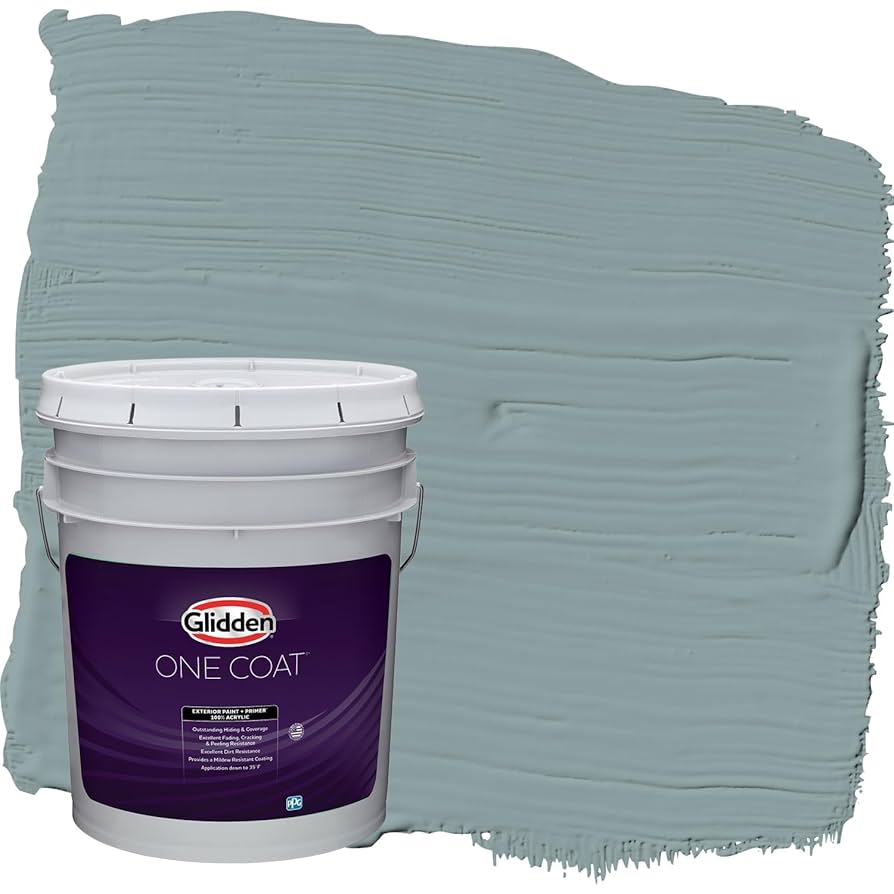
This color, often described as a smoky jade tone combining hints of blue and green, is predicted to become a new neutral in 2026. It offers visual interest while still being calming and adaptable, making it a color that feels unique without being overwhelming. Use it in bedrooms, home offices, or even entire rooms, including trim to achieve a cocoon-like effect without feeling too dark. When paired with creamy whites or natural wood textures, it creates a layered and stylish look that feels refreshing while still maintaining a sense of balance and tranquility.
2. Dark Green
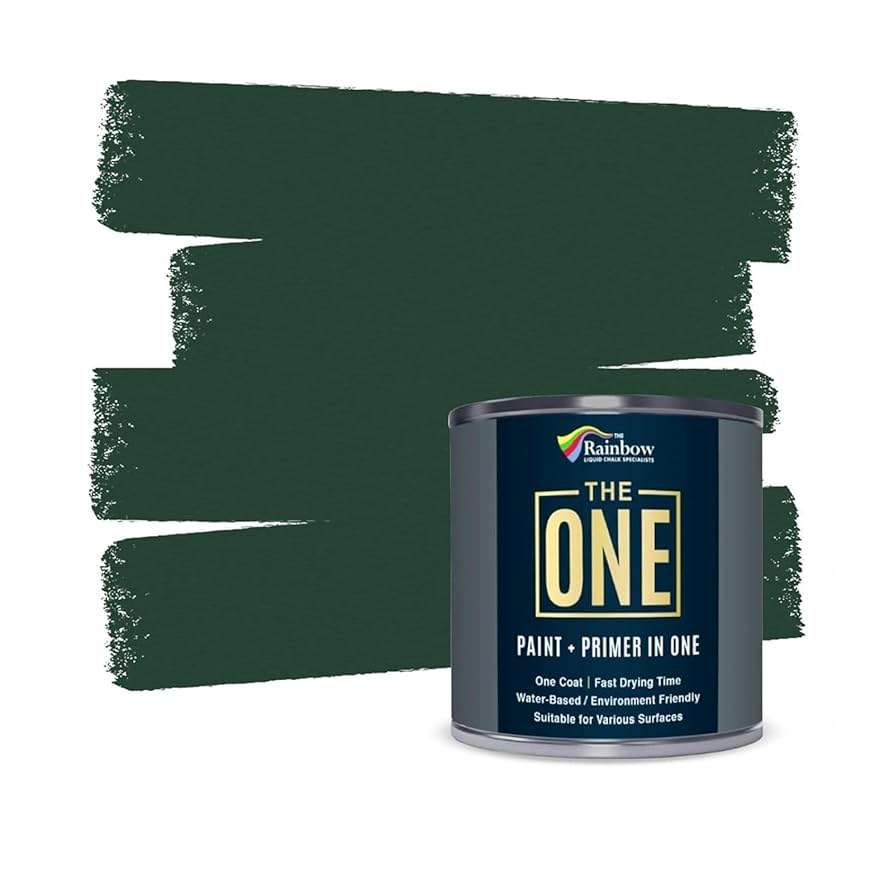
Deep forest greens are expected to shine in 2026 as designers highlight the power of dark tones as a new form of neutral. Dark green anchors a room in much the same way gray or beige once did, but with greater depth and richness. This shade works especially well for built-ins, cabinetry, or accent walls that need a dramatic yet timeless effect. Dark green pairs beautifully with brass, gold, or other metallic accents, creating a sophisticated contrast. It also works with earthy textures like stone or wood, allowing you to achieve a space that feels grounded and classic.
3. Deep Teal
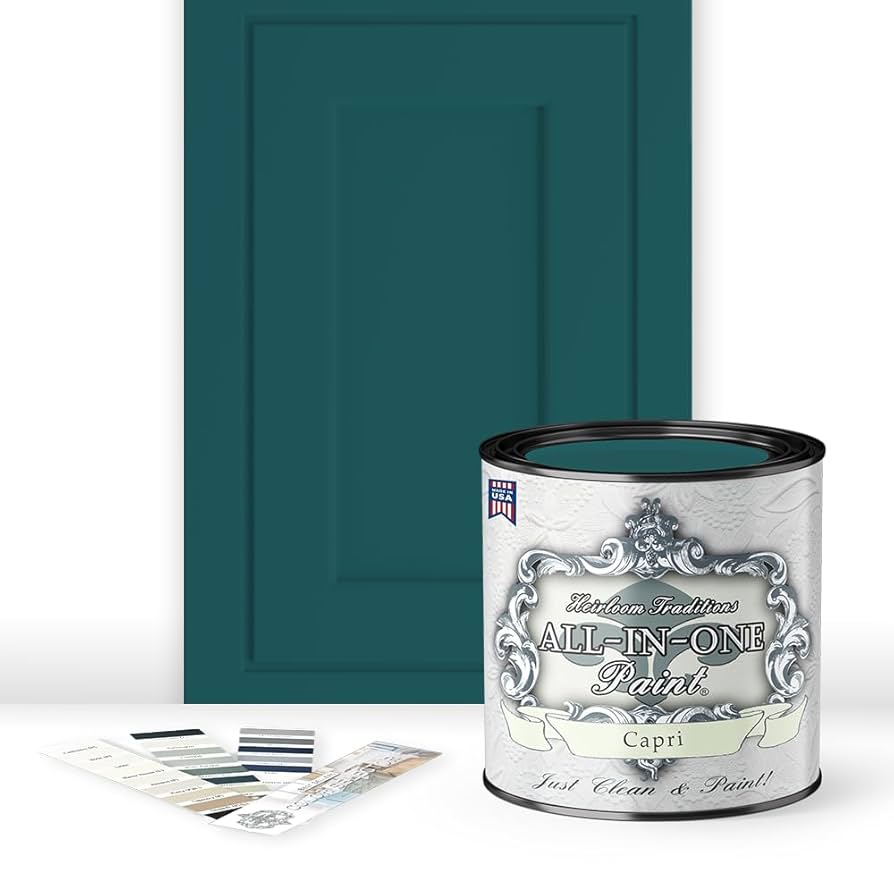
Deep teal is a striking mix of blue and green, but with added richness that makes it bold and elegant. It is a perfect choice for spaces intended to feel cozy or intimate, such as dens, libraries, or reading nooks. Because it absorbs light, balance it with lighter tones in ceilings, floors, or fabrics to keep the room from feeling closed in. Deep teal has the versatility to act as a dramatic backdrop for both contemporary and traditional interiors. It creates mood and depth, making it a standout choice for those who want color with sophistication.
4. Deep Red
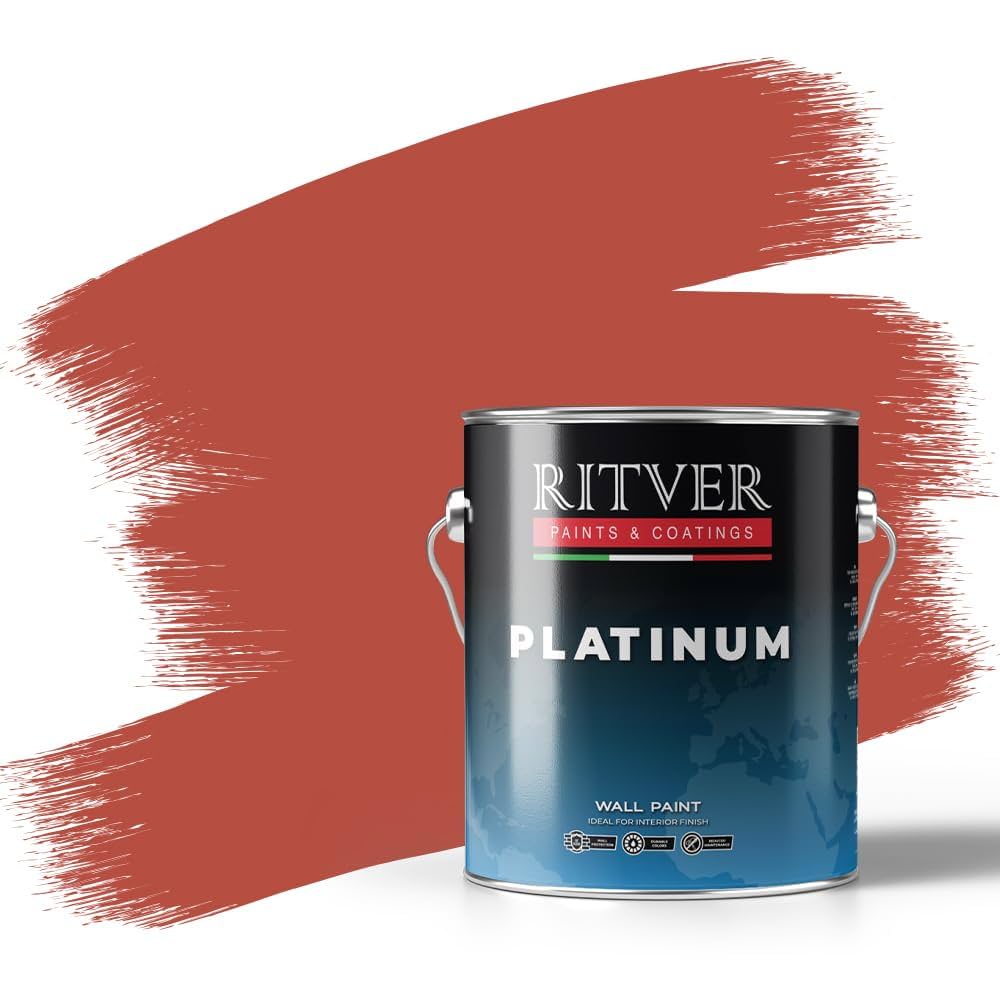
Rich reds ranging from wine to berry and garnet are making a return as both accent and statement shades in 2026. These tones are perfect for dining rooms or feature walls where warmth and richness are desired. They evoke a sense of comfort and drama that makes a space feel more inviting and luxurious. Deep red pairs well with golds, dark neutrals, and wood accents, adding layers of texture and depth. When used sparingly, it adds vibrancy without overwhelming, allowing you to experiment with boldness while maintaining a sophisticated interior balance.
5. White Neutrals
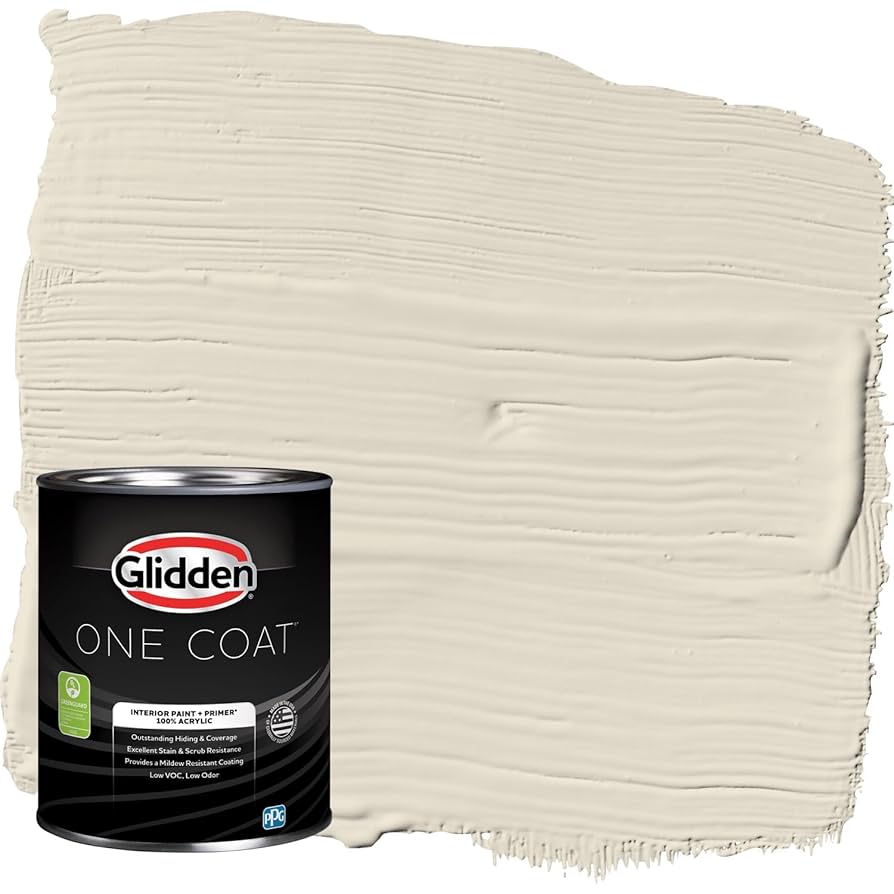
White is not disappearing, but in 2026, whites will lean warmer and softer with subtle undertones instead of stark, sterile tones. Think creamy shades or off-whites that shift beautifully under natural light. These colors make excellent backdrops for more expressive furnishings and décor while maintaining a timeless elegance. They allow brighter accents or bold furniture pieces to stand out while still keeping the room bright and airy. White neutrals are versatile and forgiving, adapting to both modern and traditional spaces. They provide calmness, simplicity, and the perfect foundation for any style direction.
6. Chocolate Brown
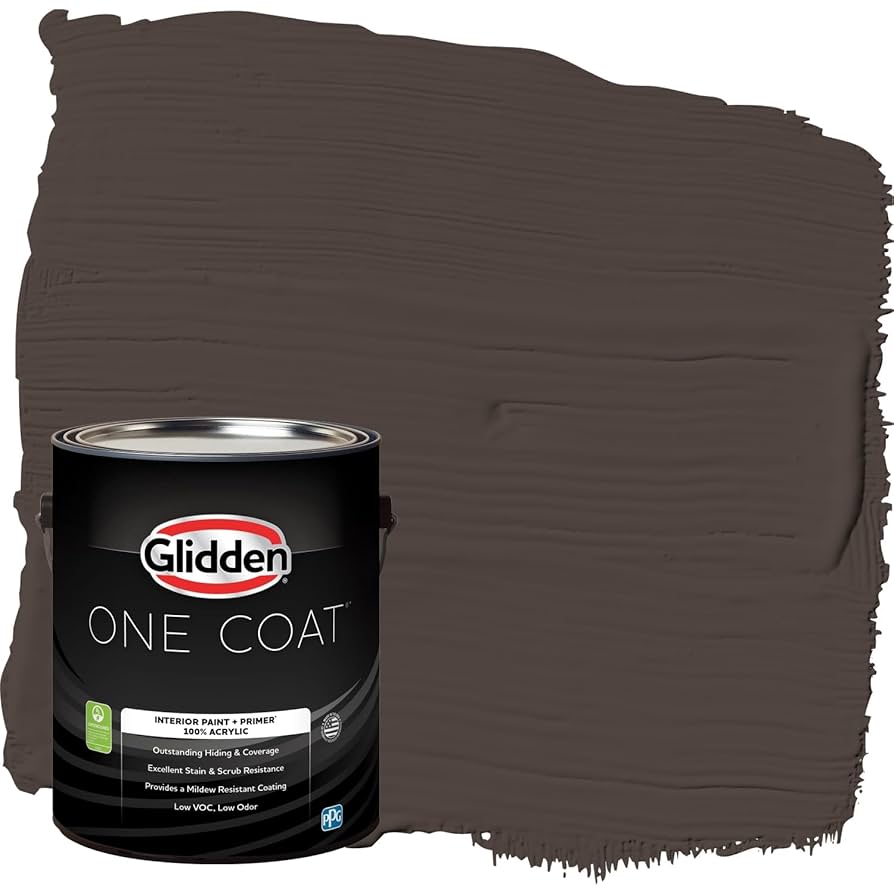
Rich chocolate browns are predicted to dominate interiors as they add warmth and grounding to rooms. This color transforms spaces into cozy havens with a sense of depth and comfort. It works well on walls for a moody and enveloping look or in furniture such as sofas and rugs to bring sophistication and texture. Pair chocolate brown with lighter tones like creams, soft whites, or warm metallics to keep it from feeling heavy. It is a timeless shade that draws from nature, making it perfect for those seeking warmth and modern elegance in their interiors.
7. Pewter
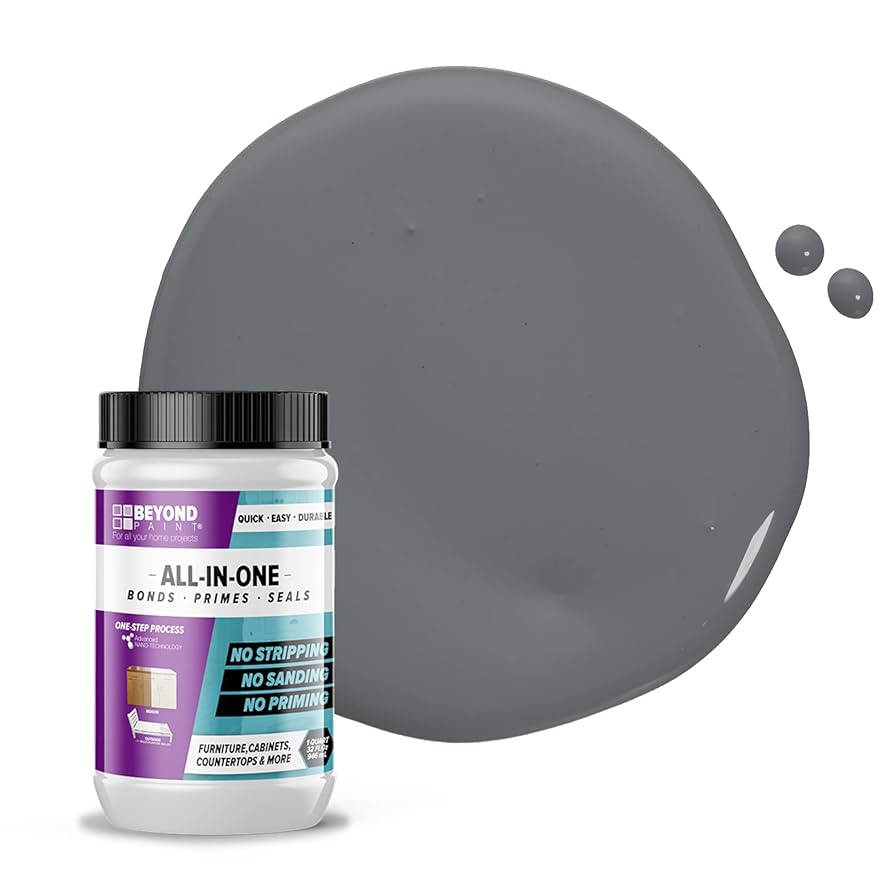
Pewter, a soft gray with hints of beige or taupe, is emerging as a versatile neutral for 2026. It provides a sophisticated alternative to flat grays, offering warmth and subtle dimension. Pewter works well in living rooms, bedrooms, and even ceilings where understated elegance is desired. It creates a calm and welcoming backdrop that pairs nicely with darker accents like black or navy as well as natural wood and soft textiles. This shade’s adaptability makes it an ideal choice for both minimalist and layered interior designs. It is modern, timeless, and effortlessly refined.
8. Dusky Blue
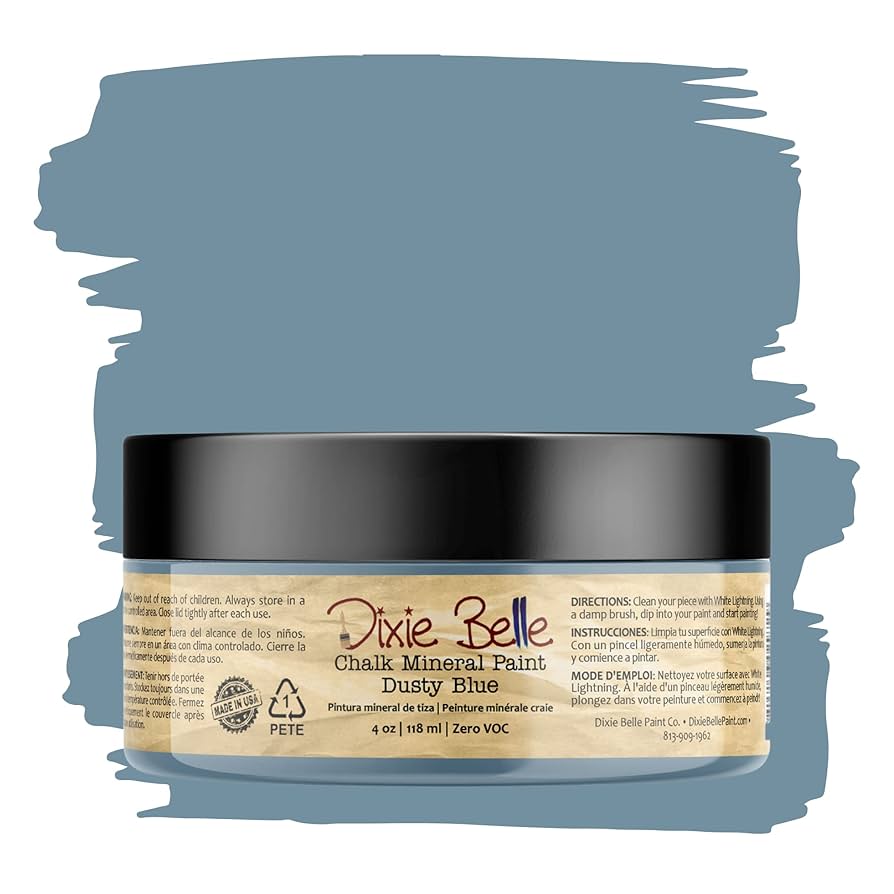
Dusky blue is a muted shade with gray undertones that gives interiors a soft, calming presence. It is especially effective in bedrooms, bathrooms, or spaces designed for relaxation since it encourages a restful mood. Its forgiving nature allows it to perform well in varying light conditions. Dusky blue pairs beautifully with warm wood finishes, soft metallics, or crisp whites, making it versatile across many styles. This color strikes the perfect balance between serene and stylish, ensuring it can serve as both a subtle background and a central feature in home design.
9. Weathered Clay
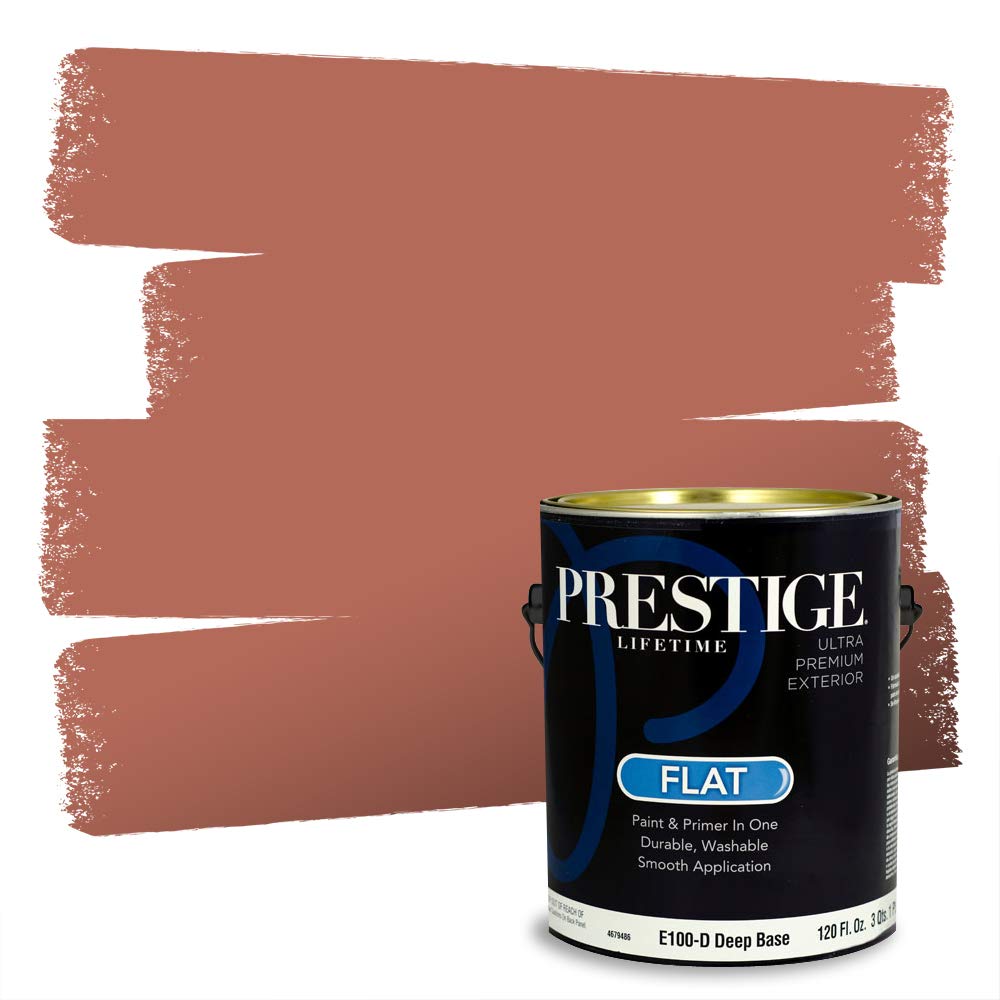
Earth tones like rust, clay, and terracotta will continue to play a significant role in 2026 interiors. These shades bring warmth and organic richness that feel grounded and inviting. Weathered clay works well on accent walls, fireplaces, or as part of tiles and decorative pottery. Its natural warmth allows it to harmonize with greens, creams, and deeper tones, making it flexible in different design palettes. It also draws inspiration from nature, creating a sense of timelessness. This color adds comfort and character, ideal for those seeking warmth with a rustic yet modern charm.
10. Muted Rose
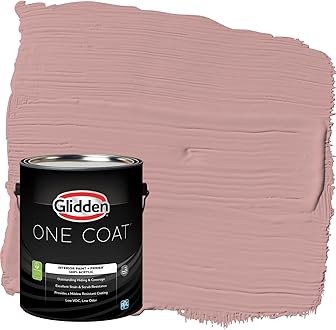
Muted rose and mauve tones are gaining popularity for their soft and elegant quality. Unlike brighter pinks, these shades provide warmth without overwhelming sweetness. They are ideal for bedrooms, living rooms, or even dining spaces where serenity and sophistication are desired. Muted rose pairs beautifully with brass, darker woods, or creamy neutrals, creating a romantic yet refined effect. It offers subtle color that adds character without dominating the design. This shade is perfect for creating intimate, stylish interiors that feel welcoming and timeless without being too bold.
11. Mustard Yellow
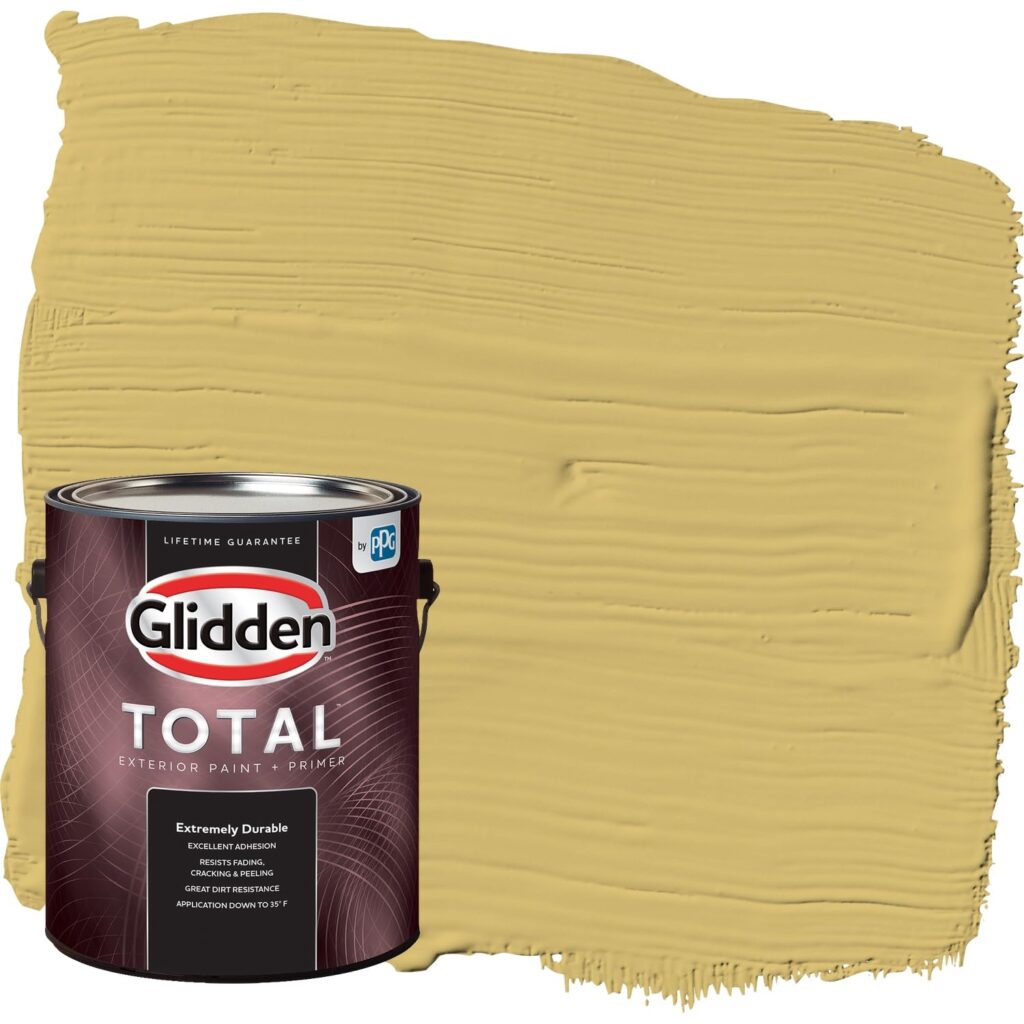
Warm yellows such as mustard and buttered shades are expected to appear more frequently in accent applications. These colors bring brightness and cheer without overpowering a space. They are perfect for highlighting trims, accent walls, or statement furniture, adding playful energy to interiors. Mustard yellow works particularly well with deep blues, greens, and earthy browns, creating a balanced and lively palette. It can brighten neutral settings or complement moody rooms, making it highly versatile. Its optimistic and warm undertone ensures that it uplifts spaces while keeping sophistication intact.
12. Nocturnal Black
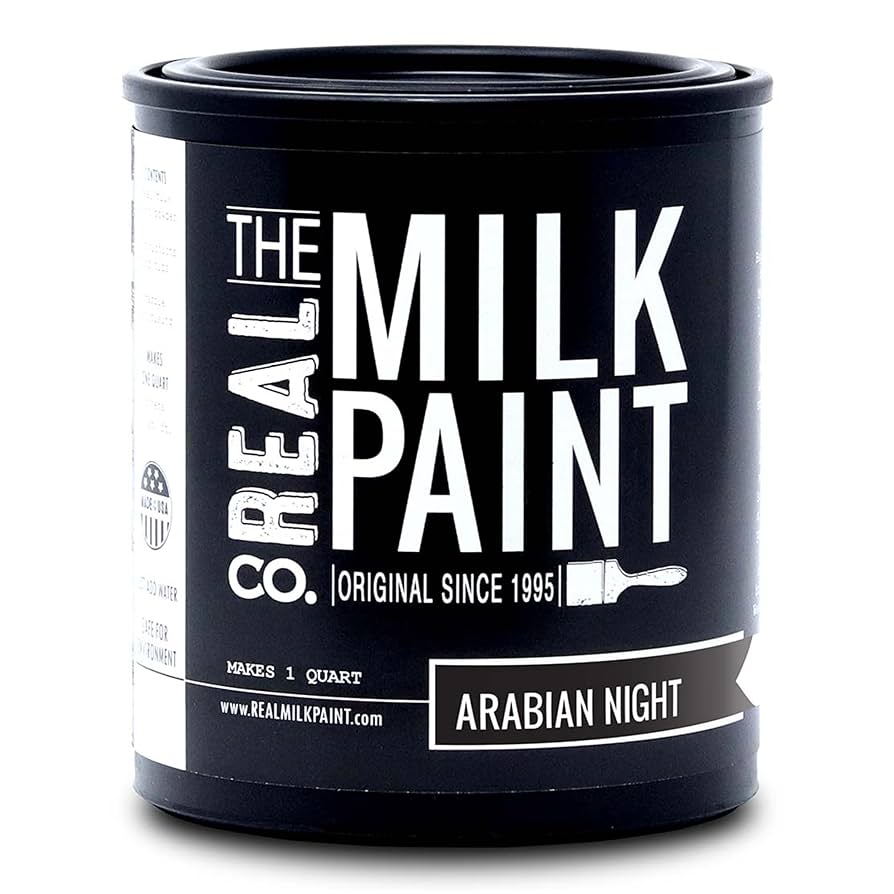
Near black tones with enriched undertones of violet, brown, or blue are set to dominate interiors in 2026. These shades are less harsh than pure black but still offer a sense of luxury and depth. Use them for accent walls, cabinetry, doors, or even smaller spaces like powder rooms to achieve a moody, dramatic effect. Nocturnal black pairs beautifully with lighter shades or metallic accents, creating a striking contrast. This color provides dimension and elegance, allowing interiors to feel both bold and refined. It is a perfect choice for those seeking sophistication with an edge.
Comments